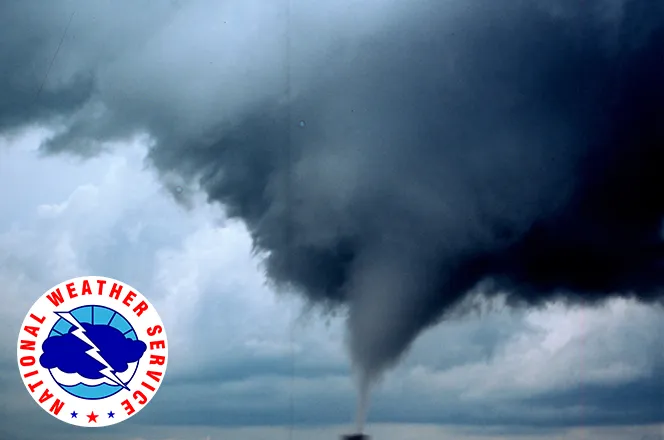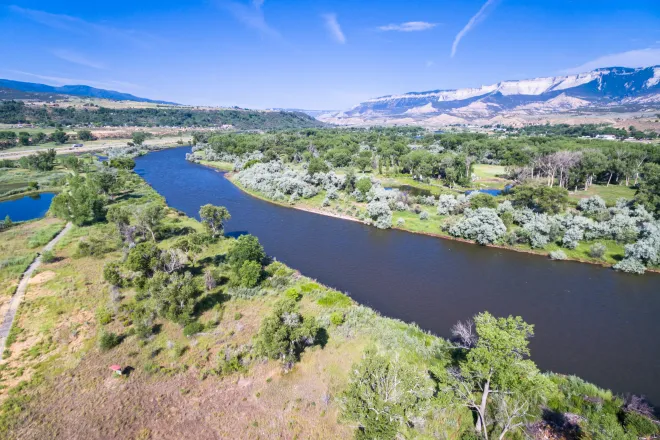
Frozen Pond and Lake Safety
Each winter, after the ice forms on Colorado’s waters, outdoor enthusiasts enjoy ice fishing, ice skating and other fun winter sports. Before going out onto a frozen lake, pond or river, it’s important to take safety precautions to reduce the risk of falling through the ice. Knowing how to judge ice conditions will also help you make more informed decisions while enjoying winter.
Carefully Check Ice Conditions
- Remember, you take a risk anytime you go out onto the ice. Ice thickness is not consistent.
- Don’t judge ice strictly by appearance.
- When ice fishing, it is always a good idea to drill test holes as you progress out onto a lake to help judge the thickness and character of the ice.
- Beware of ice around partially submerged objects, such as trees, logs, or dam structures.
- Stay away from cracks, slushy areas and darker areas that signify thinner ice.
- Be aware of ice that forms at the edge of the lake during the fall and melts at the edges first in spring.
- Be aware of ice covered with snow. Sometimes the snow serves as insulation. Other times, it has the opposite effect by insulating the surface from freezing.
- Never go out onto the ice alone. A friend could rescue you or go for help if you fall through.
- When changing locations on the ice, always walk at least ten yards apart from your friend.
- Always inform someone of your destination and expected time of return.
- Always wear a life jacket or personal flotation device over a snowmobile suit or layered winter clothing. Life jackets can provide excellent flotation and protection against hypothermia.
- Assemble a personal safety kit, no larger than the size of a man’s wallet, and carry it on your body. The kit should include a lighter, pocketknife, compass, whistle, and waterproof matches.
- In addition to the above safety equipment, carry ice picks, a rope and cellular phone. These items could save your life.
- If you bring your pet, always keep it on a leash and away from the shoreline.
What to do if you Fall Through the Ice
If you can’t get out of the cold water by yourself, take appropriate actions to extend your survival time while waiting to be rescued.
- Stay calm and use a whistle to attract help.
- Act slowly and deliberately to conserve heat and move slowly back to where you entered the water. Expect a progressive decrease in your strength and ability to move.
- If you are wearing a snowmobile helmet and your face is in the water, remove the helmet as quickly as possible because it can fill with water and cause you to drown. Hold onto it to keep afloat.
Once on the ice, try to push yourself forward on your stomach or roll over on your side to keep the weight distributed over a greater surface area. Do not stand up until you have moved onto the ground or an area of solid ice.















